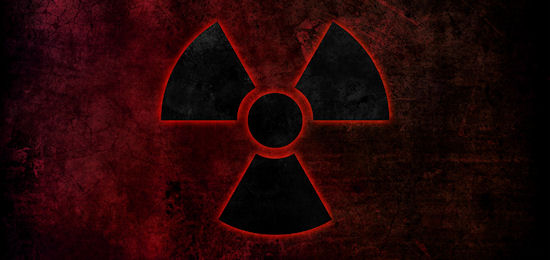Experts typically classify nuclear and radiological terrorism into four threat categories. First, a non-state actor such as a terrorist or criminal or a group of terrorists or criminals could acquire a nuclear weapon from an arsenal of a nuclear-armed state. The acquisition could occur through theft because the weapon was unsecured or through a gift because a custodian wants the non-state actor to have the weapon, or one or more officials of that state wants to transfer one or more weapons to the non-state actor. Conceivably, the non-state actor could blackmail nuclear custodians by making credible threats to the custodians themselves or their loved ones.
Making an Improvised Nuclear Device
The second nuclear threat is that a non-state actor could acquire sufficient fissile material such as highly enriched uranium (HEU) or plutonium to build an improvised nuclear device (IND). An IND could have as much explosive yield as the bombs that destroyed the cores of the cities of Hiroshima and Nagasaki. Nuclear security experts agree that HEU poses the greatest danger because of the relative ease of using it to make a “gun-type” IND, similar to the bomb dropped on Hiroshima. In contrast, plutonium could only be used in the more technically challenging “implosion-type” bomb that was dropped on Nagasaki.
Read the article: http://fas.org/issues/nuclear-and-radiological-terrorism/




